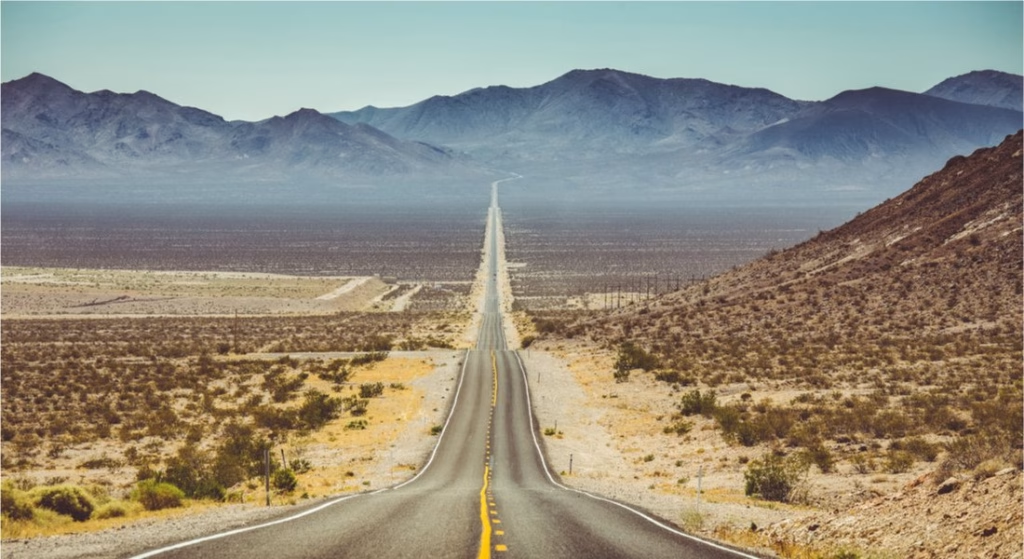Our planet is filled with jaw-dropping natural wonders, but not every place is welcoming. From extreme climates and volatile volcanoes to lawless territories and death-defying landscapes, there are places on Earth where danger is the main attraction. Whether caused by nature or human conflict, these locations are considered the most hazardous for travel — and sometimes, for life itself.
In this blog, we explore 15 of the most dangerous places on Earth, where visiting (or even living) could put your life at serious risk.
1. Death Valley, USA
Death Valley, situated on the border of California and Nevada, is considered the hottest place on Earth. Temperatures can soar past 56.7°C (134°F) in summer, making dehydration and heatstroke very real threats. Tourists often underestimate the conditions and find themselves in life-threatening situations.
Why it’s dangerous: Extreme heat, risk of death by dehydration.
2. Snake Island, Brazil (Ilha da Queimada Grande)
Off the coast of Brazil lies Snake Island, home to the Golden Lancehead Viper, one of the deadliest snakes in the world. It’s estimated there is one snake per square meter. The Brazilian government has banned entry to protect both people and the endangered snakes.
Why it’s dangerous: Lethal snake population, restricted by law.
3. Chernobyl Exclusion Zone, Ukraine
After the catastrophic nuclear meltdown in 1986, the Chernobyl area remains radioactive and highly unsafe. Though guided tours are allowed in specific zones, lingering radiation poses long-term health risks.
Why it’s dangerous: Radiation exposure, potential cancer risk.
4. Danakil Depression, Ethiopia
Often referred to as “Hell on Earth,” this desert region is one of the hottest and most inhospitable places on Earth. With temperatures regularly above 50°C (122°F), toxic gases from volcanoes, and acid lakes, this place is stunning but deadly.
Why it’s dangerous: Toxic air, extreme heat, seismic activity.
5. Mount Everest, Nepal/Tibet
While Everest attracts thousands of climbers, it’s also one of the deadliest mountains in the world. Altitude sickness, avalanches, severe cold, and falling are constant dangers. Over 300 people have died trying to reach its summit.
Why it’s dangerous: High altitude, freezing temperatures, and falling risks.
6. North Sentinel Island, India
Home to the uncontacted Sentinelese tribe, this island is completely off-limits. The tribe is known to attack anyone who approaches, and the Indian government has declared it illegal to go within five nautical miles of the island.
Why it’s dangerous: Hostile indigenous tribe, no rescue if harmed.
7. Lake Natron, Tanzania
This eerie lake looks otherworldly — and deadly. It’s highly alkaline water can burn skin and eyes, and even calcify animals. Temperatures in the lake can exceed 60°C (140°F), and its red color adds to the creep factor.
Why it’s dangerous: Toxic water, corrosive environment.
8. Fukushima Nuclear Zone, Japan
Following the 2011 earthquake and tsunami, the Fukushima Daiichi nuclear disaster released radiation that still lingers. Although some areas have reopened, large parts remain restricted due to radiation levels.
Why it’s dangerous: Radiation contamination, long-term health risks.
9. Mount Merapi, Indonesia
This active volcano is considered Indonesia’s most hazardous. It erupts frequently and violently, spewing lava, ash, and toxic gases. Villages near the mountain have been wiped out multiple times.
Why it’s dangerous: Sudden eruptions, pyroclastic flows.
10. The Bermuda Triangle
A mysterious region in the western part of the North Atlantic Ocean, the Bermuda Triangle has been linked to the unexplained disappearances of ships and planes. While science has offered explanations, such as rogue waves or magnetic anomalies, the legend persists.
Why it’s dangerous: Unexplained disappearances, destructive weather patterns.
11. Ciudad Juárez, Mexico
Once known as the murder capital of the world, Ciudad Juárez has a long history of gang violence, drug trafficking, and homicides. Although things have improved slightly, it’s still considered unsafe for tourists.
Why it’s dangerous: Organized crime, kidnapping, and drug cartel violence.
12. Oymyakon, Russia
This remote village in Siberia is the coldest inhabited place on Earth, with temperatures dropping as low as -67.7°C (-89.9°F). Extended exposure can cause frostbite within minutes. It’s so cold that cars must be kept running to avoid freezing.
Why it’s dangerous: Extreme cold, isolation.
13. The Darien Gap (Panama-Colombia Border)
This jungle region is one of the most lawless and dangerous in the world. There are no roads, and travelers face wild animals, deadly terrain, drug traffickers, and armed guerrilla groups. Even seasoned adventurers avoid it.
Why it’s dangerous: Criminal activity, dangerous wildlife, and no infrastructure.
14. Erta Ale Volcano, Ethiopia
Known as the “Smoking Mountain,” Erta Ale is one of the few volcanoes with a continuously active lava lake. The region is hot, remote, and geologically unstable. Few make the journey, and those who do must be well-prepared.
Why it’s dangerous: Lava flows, toxic gases, high temperatures.
15. The Skellig Islands, Ireland
While beautiful and famous from the Star Wars films, these rocky islands are incredibly dangerous due to their steep, slippery steps, high winds, and rough waters. Tourists have suffered fatal falls while climbing.
Why it’s dangerous: Treacherous cliffs, unpredictable weather.
Final Thoughts
The Earth is a beautiful but unpredictable place. From scorching deserts to radioactive zones and hostile territories, these 15 locations are reminders that nature (and humanity) can be both awe-inspiring and deadly. While some attract thrill-seekers and scientists, others are better left untouched.
Whether you’re an adventurer, a curious traveler, or a couch explorer, these dangerous places challenge our perceptions of survival, resilience, and risk. They prove that while the world is getting smaller, there are still places where danger lurks in every corner — and visiting them could be a life-or-death decision.

